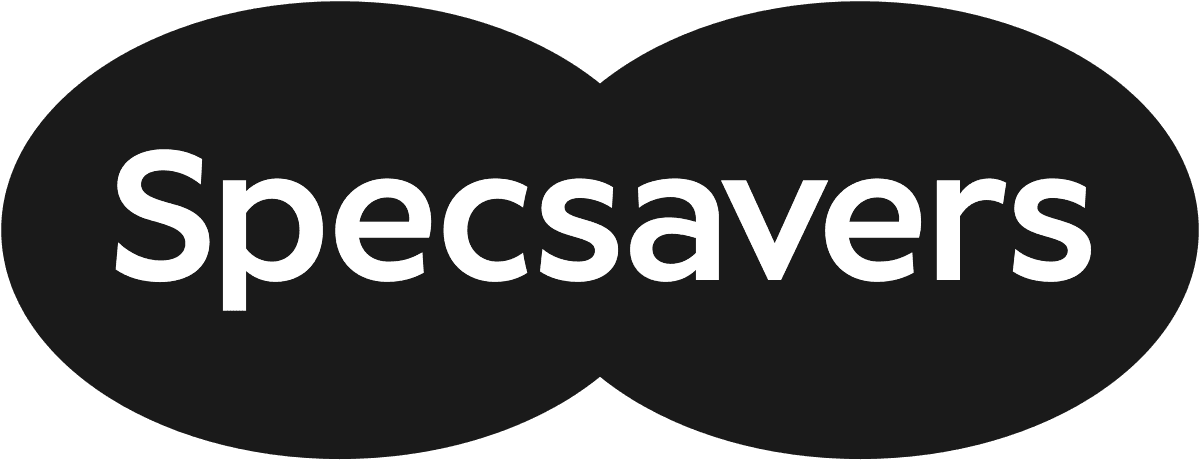System migrations are high-stakes projects. Whether you’re replacing legacy software, moving to the cloud, or consolidating platforms after an acquisition, one thing is guaranteed: change.
What’s less guaranteed? Clear documentation of how systems were configured, why decisions were made, and what the new workflows look like. Without it, migrations create confusion, knowledge gaps, and future tech debt.
Why Migrations Often Lose Critical Knowledge
Even well-managed migrations tend to overlook the documentation process. It’s easy to assume teams will remember what they did or update documentation later – but that rarely happens.
Common issues include:
- No before/after view of workflows
- Missing rationale for changes in setup
- Reliance on consultants or IT to explain configurations
- Lost access to legacy systems after cutover
- Difficulty onboarding users to new tools or platforms
When documentation is treated as a post-project task, it becomes rushed, incomplete, or skipped altogether – leaving the business with a shiny new system no one fully understands.
How to Capture Migrations While They Happen
Good migration documentation helps teams avoid repeat mistakes and speeds up handover. Here’s how to approach it:
1. Record Every Step of the Transition
As teams configure, test, and deploy the new system, record their screen and actions live. Capture exactly what was done – especially during data mapping, permission settings, and integrations.
2. Include Business Logic
Don’t just document what changed. Capture why decisions were made (e.g. “We disabled this feature due to compliance restrictions”). This is often what future teams need most – but gets lost when only technical steps are documented.
3. Maintain a Pre- and Post-Migration Snapshot
If possible, record the old process or system before decommissioning it. Compare it with the new version so teams can adjust faster and spot missing functionality.
4. Use One Source of Truth
During migration, it’s common to share updates across Slack threads, Trello cards, emails, and meeting notes. Choose one platform to centralise your documentation – ideally one that supports visual capture and version history.
Tip: Assign someone to record key system interactions during UAT or training sessions. These real-world flows often reveal gaps that static documentation misses.
See what you've been missing
Fluency is the fastest way to get real-time insights into your operations.
Where Fluency Fits in Your Migration Plan
Fluency helps you document your migration without slowing it down. As teams work through the transition, Fluency captures:
- Each workflow in context
- Screenshots of new tools in action
- Decision-making notes and rationales
- Version-controlled documentation of evolving processes
And because it works as an overlay, there’s no need to install plugins or integrate with your new systems – Fluency records exactly what users are doing, no matter the platform.
Don’t Let Your Migration Become a Black Box
After a migration, teams often forget how they got from A to B – especially if staff change, consultants move on, or systems are patched months later.
Fluency gives you a structured record of your transition – ready for onboarding, audits, troubleshooting, and continuous improvement. It’s not just about documentation, it’s about ensuring your team owns the new system, not just inherits it.




